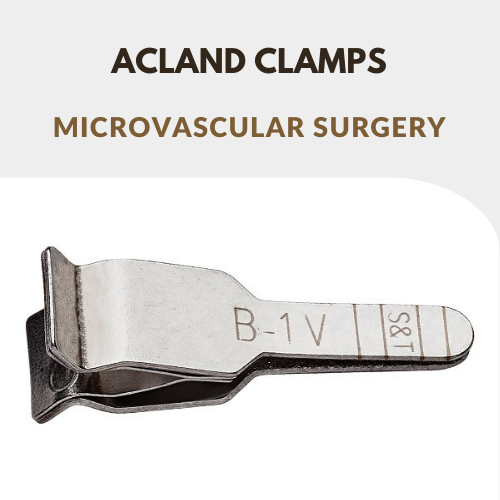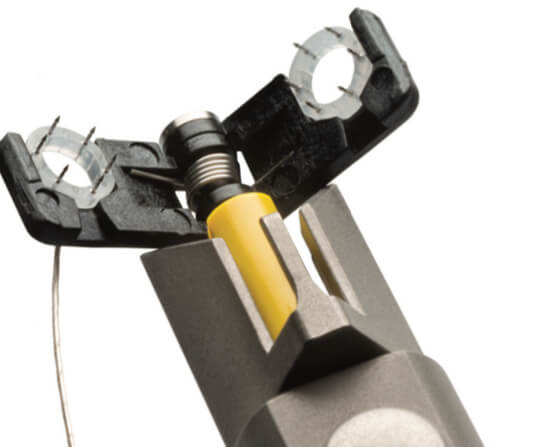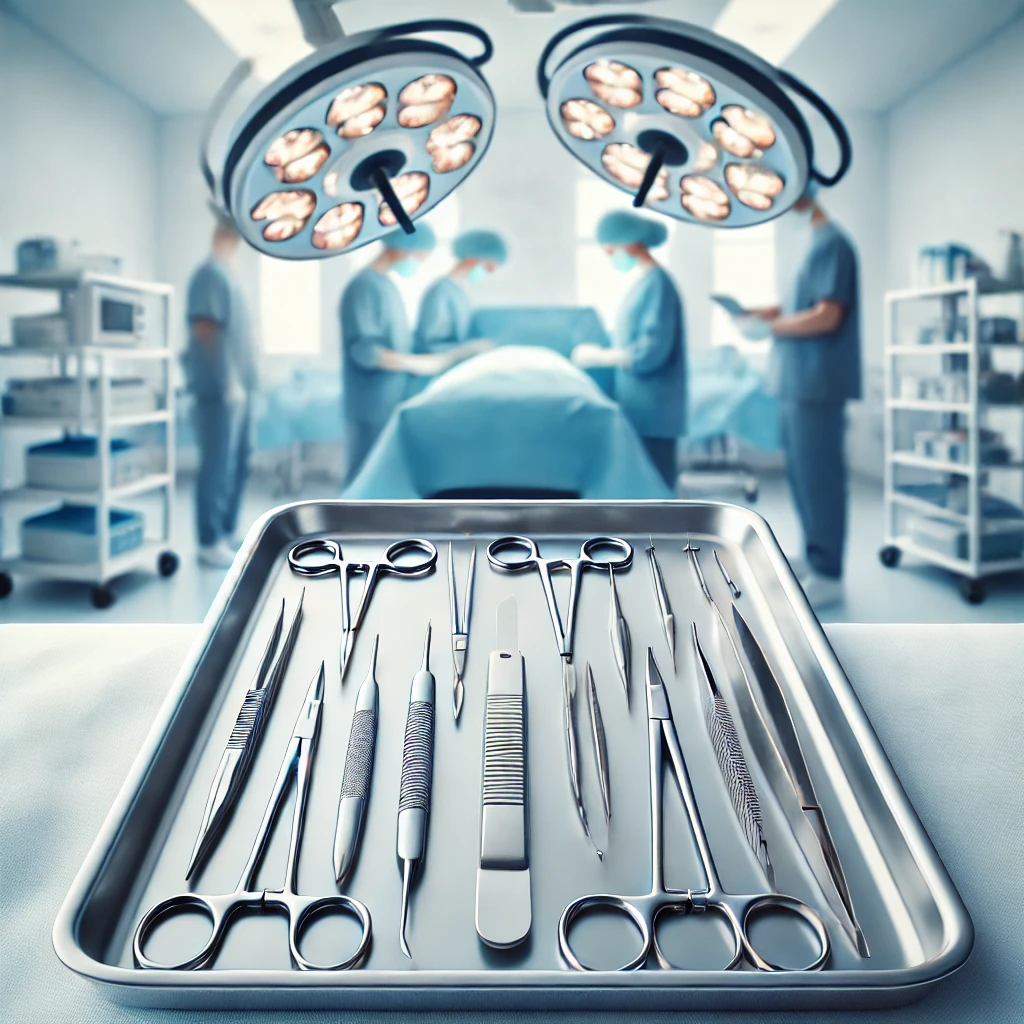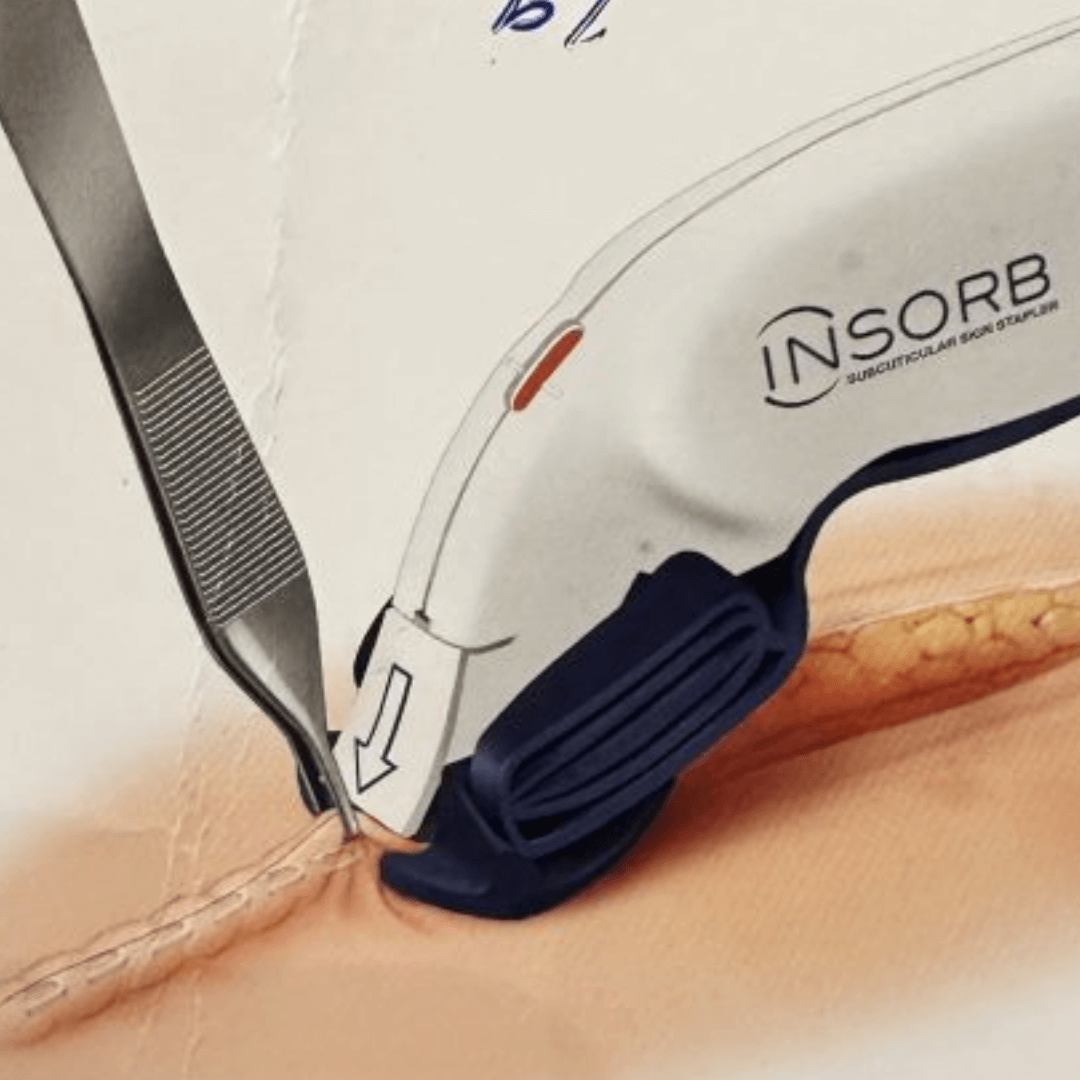
Nursing BLog, Surgical Instruments
Maximizing Surgical Efficiency: Acland Clamps and Their Role
Whether you’re a medical student or just curious about surgical tools, understanding Acland clamps gives you a glimpse into the precision and care involved in surgical practices.

Nursing BLog, Surgical Instruments
Venous Coupler Devices: Enhancing Efficiency and Outcomes
A venous coupling device is a specialized tool utilized in vascular surgery to facilitate the joining of blood vessels during procedures.Unlike traditional sutures, which require meticulous stitching, t


